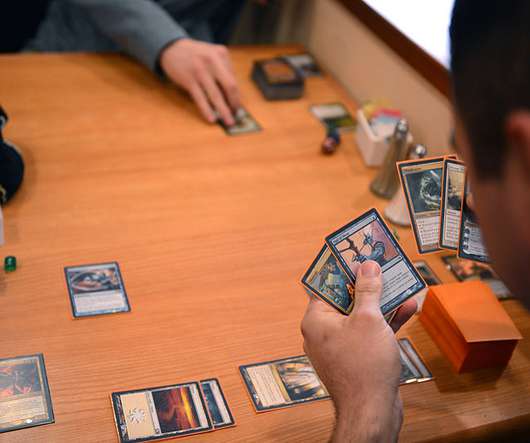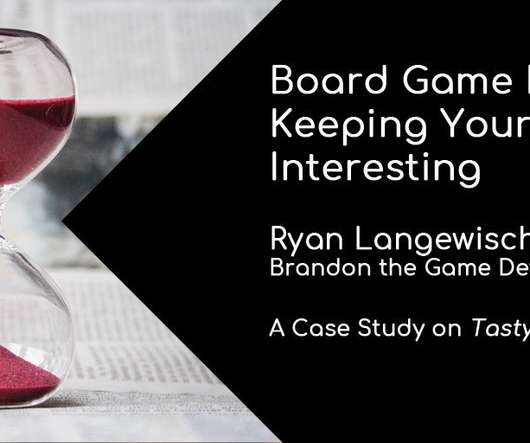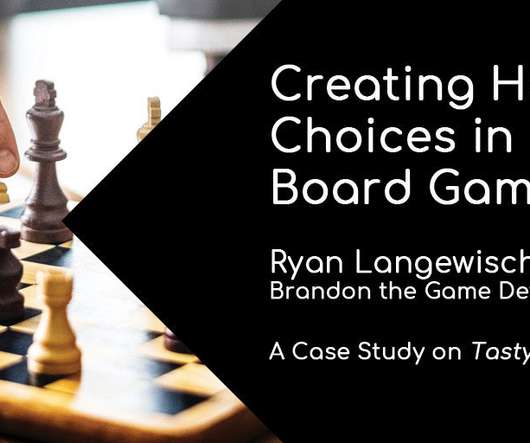10 Elements of Good Game Design
Brand Game Development
FEBRUARY 17, 2020
In Tasty Humans , points are earned by monsters for eating people and arranging their body part tiles in certain ways in the monster’s stomach. There are limits to exactly how you can place tiles, and you don’t always get what you want. If you hate the game you’re playtesting, do something different.











Let's personalize your content